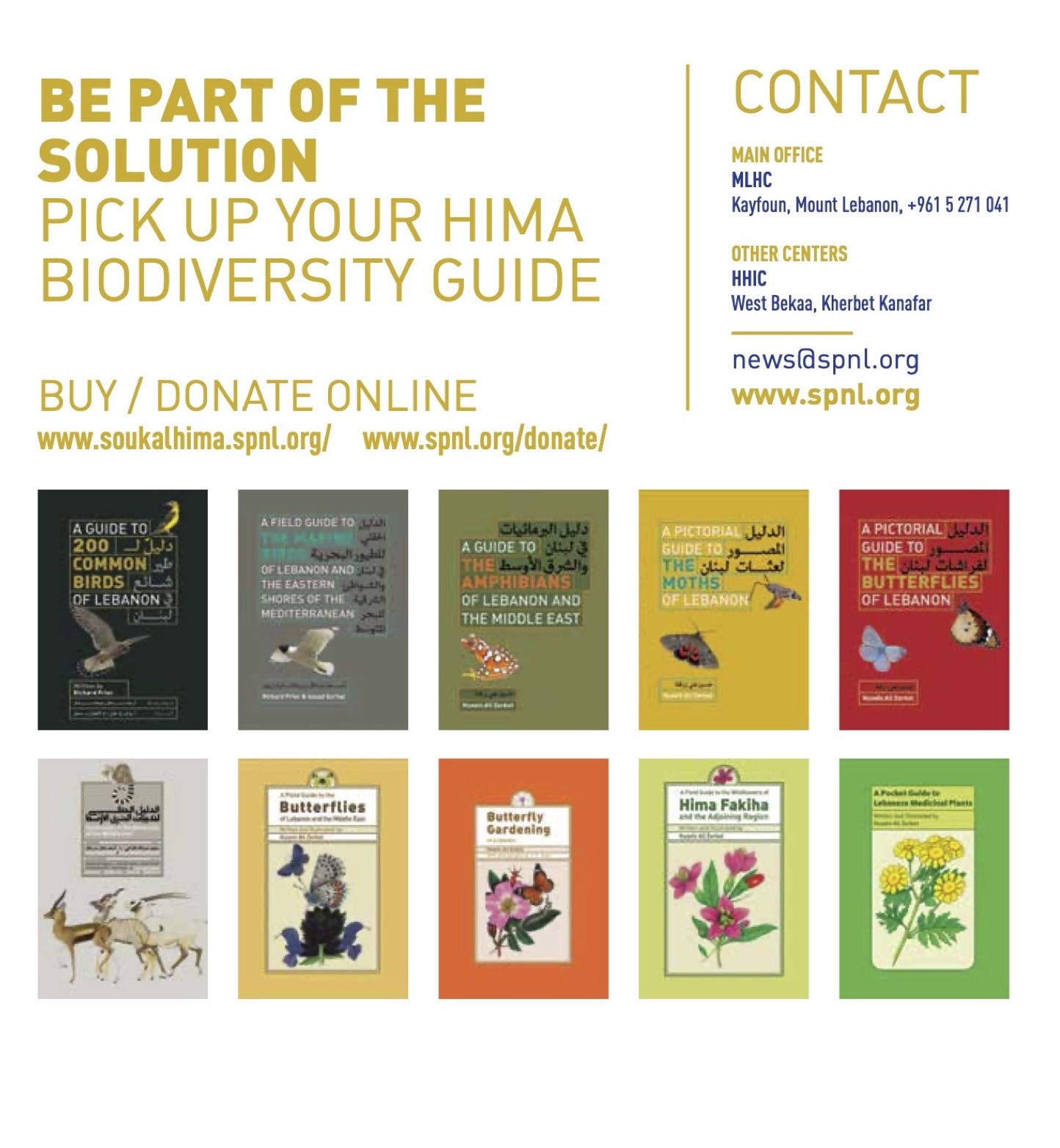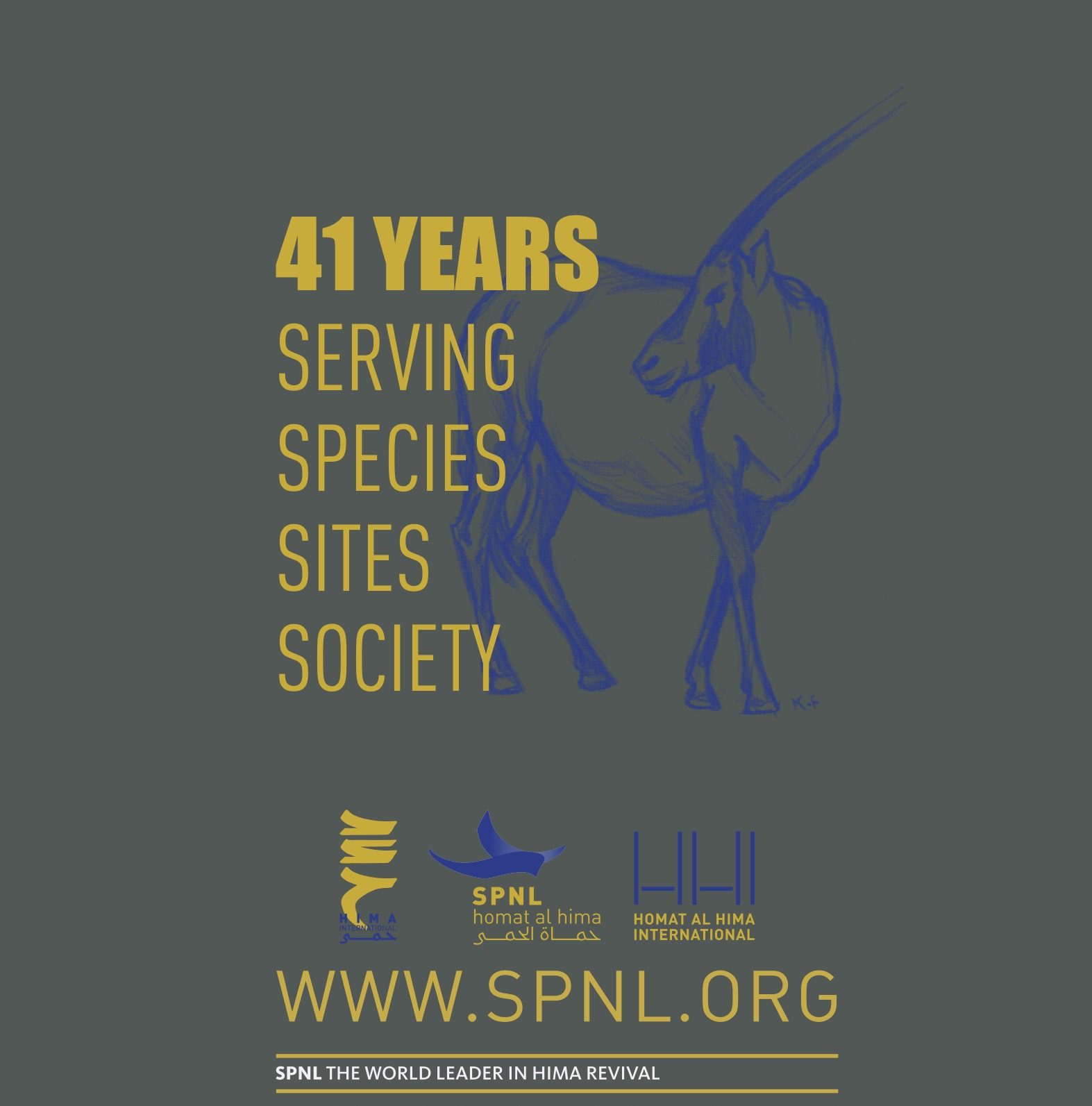By Sanya Khetani-Shah,
In a great example of nature conservation knowing no national boundaries, Doğa Derneği (BirdLife in Turkey), with the support of theBulgarian Society for the Protection of Birds (BSPB, BirdLife in Bulgaria), MME (BirdLife in Hungary) and the Ornithological Society of the Middle East (OSME), have launched a new protection programme for six globally Threatened bird species breeding in Turkey’s steppes.
The project – which aims to protect the Sociable Lapwing, Egyptian Vulture, Steppe Eagle, Eastern Imperial Eagle, Great Bustard and White-headed Duck – will be implemented in collaboration with locals living near the species’ habitats.
The Critically Endangered Sociable Lapwing occurs in the East Anatolian steppes solely during migration, while the other five species have significant breeding populations across the region. Turkey is particularly important for the Endangered Egyptian Vulture: approximately 20 percent of the world’s population and at least one third of the European population breeds in Turkey.
In the coming weeks and months, Doğa’s bird experts and social studies teams will be traveling across the Central Anatolian steppes to meet locals to generate awareness and develop local conservation plans where these species breed in significant numbers. Most of main breeding grounds of these species lie within private land and community pastures, which are highly affected by farming and grazing. Doğa, BSPB and MME form networks and alliances with locals to secure the best possible land use and habitat management for the Egyptian Vulture, Eastern Imperial Eagle and the Steppe Eagle, building on international best practices, while OSME is supporting Doğa in protecting the White-headed Duck.
“Grasslands and the primary steppes of Anatolia play a huge role in the conservation of globally threatened steppic species in Eurasia,” said Doğa’s Conservation Manager Itri Levent Erkol. “Conservation action on these species was so far mostly in the form of legal protection. However, this has proven to be insufficient to save the widespread and fragmented breeding grounds of these species. Therefore, the fate of these threatened species lies in the hands of the farmers and shepherds of Anatolia.”
Already the project is seeing results. The team studying the Egyptian Vulture in central eastern Turkey found 25 previously unknown breeding and roosting grounds of the species. Over the next scheduled visit in July, the field team will check the nesting success of new couples and expand the search for new ones. The team examining the Imperial Eagle also found 10 new, previously unknown nesting territories in the Asian part of Turkey. All are in areas where previously there was no reliable data on nesting of the species.
You can support Doğa’s grassland birds conservation work by sharing your sightings of Turkey’s steppic birds, collecting local information on behaviour and distribution of these species in Turkey, helping Doğa to design and implement conservation actions, and becoming a volunteer.
For more information, contact Levent Erkol.






